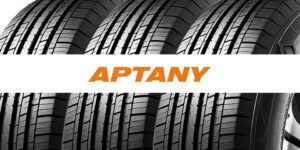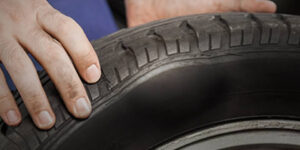Do Tires Deflate in Hot Weather?
Your tires are the only contact your vehicle has with the road, so maintaining proper tire pressure is not something to be overlooked.
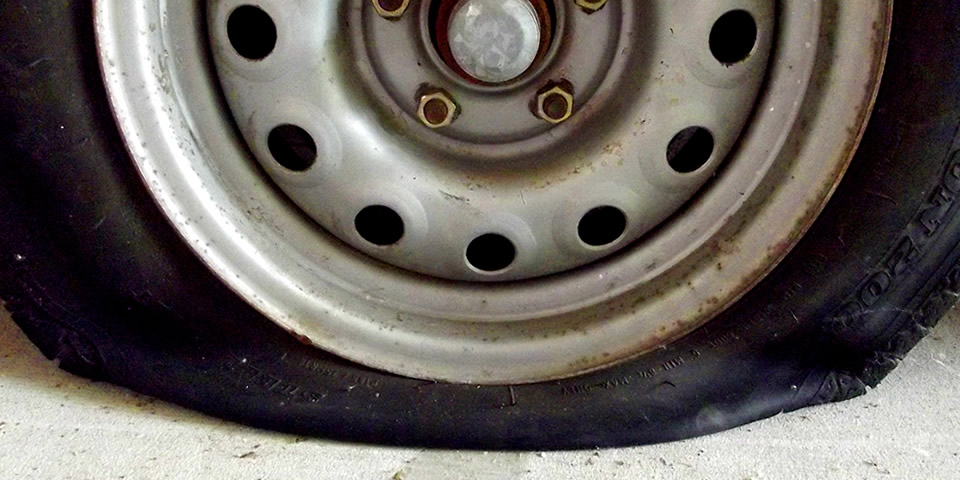
Have you ever wondered if hot weather can cause your tires to deflate? It’s an interesting question that many people ask themselves, especially during the scorching summer months. In this blog post, we will dive into this topic and provide you with all the information you need to know.
When the temperature rises, various changes occur in our environment, and our tires are no exception. The air inside your tires expands as it heats up, which can lead to an increase in tire pressure. This is why it is crucial to regularly check your tire pressure, especially during extreme weather conditions.
However, despite the expansion of the air inside the tires, they generally do not deflate when exposed to hot weather. This is because modern tires are designed to withstand temperature fluctuations and changes in air pressure. They are made with specialized materials that can handle the heat and maintain their shape and pressure.
Must Read:
- What Causes Tire Sidewall Blistering?
- How to Loosen Tire Screws?
- What is Run Flat tire? How it works, pros and cons!
- What Does 91w Mean on a Tire
- Why is it Important to Rotate Car Tires?
Importance of Proper Tire Pressure
Maintaining proper tire pressure is crucial for safe driving and optimal performance. It not only affects your vehicle’s handling and fuel efficiency but also plays a significant role in tire wear and longevity.
When your tires are underinflated, they have an increased contact area with the road surface, leading to excessive heat buildup. This can cause the tires to overheat, potentially resulting in blowouts or tread separation. On the other hand, overinflated tires have a smaller contact area, leading to uneven wear and a harsher ride.
Properly inflated tires provide better traction, stability, and braking capabilities, ensuring your vehicle’s safety on the road. They also promote even tread wear, which extends the lifespan of your tires and can save you money in the long run.
Additionally, maintaining the recommended tire pressure can improve fuel efficiency. Underinflated tires create more rolling resistance, forcing your vehicle’s engine to work harder and consume more fuel. By keeping your tires properly inflated, you can save money at the gas pump and reduce your carbon footprint.
In conclusion, the importance of maintaining proper tire pressure cannot be overstated. It is essential for safe driving, optimal performance, and cost savings. Regularly check and adjust your tire pressure according to the manufacturer’s recommendations, especially during hot weather, to ensure a smooth and worry-free ride.
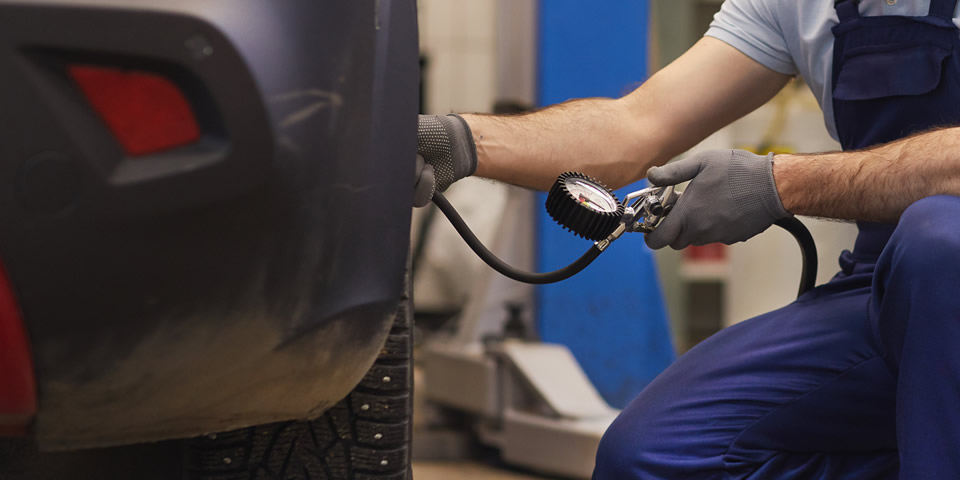
Effects of Hot Weather on Tire Pressure
Hot weather can have a significant impact on tire pressure due to the expansion of air inside the tires. As temperatures rise, the heat causes the air molecules to move faster, resulting in increased pressure inside the tire.
When your tires are exposed to hot weather, the higher temperature can cause the air pressure to rise above the recommended levels. This can lead to several problems, such as:
- Increased risk of tire blowouts: Overinflated tires are more susceptible to blowouts, as the excessive pressure puts strain on the tire walls.
- Uneven tire wear: High tire pressure can cause the center of the tire tread to wear down more quickly, leading to uneven tread wear and reduced traction.
- Reduced fuel efficiency: Overinflated tires have a smaller contact area with the road, resulting in increased rolling resistance and decreased fuel efficiency.
On the other hand, hot weather can also cause the opposite effect. If you notice a significant drop in tire pressure during hot weather, it’s essential to check for any leaks or punctures that may be causing the deflation.
To ensure your safety and maintain optimal performance, it’s crucial to regularly check and adjust your tire pressure, especially during extreme weather conditions. Consult your vehicle’s manual or consult with a professional to determine the recommended tire pressure for your specific vehicle.
Tips for Preventing Tire Deflation in Hot Weather
While tires generally don’t deflate in hot weather, it’s essential to take proactive measures to ensure they stay in optimal condition. Here are some practical tips and advice to prevent tire deflation:
- Regularly check your tire pressure: Make it a habit to check your tire pressure at least once a month, using a reliable pressure gauge. This will help you identify any significant deviations from the recommended pressure levels.
- Adjust tire pressure when necessary: As temperatures rise, the tire pressure can increase. If you notice that your tires are overinflated, release some air to bring them back to the appropriate pressure. Similarly, if they are underinflated, add air to prevent excessive heating.
- Follow the recommended tire pressure guidelines: Always refer to your vehicle’s owner manual or the sticker on the driver’s side door jamb for the recommended tire pressure. Different vehicles may require different pressure levels, so it’s crucial to adhere to these guidelines for optimal performance.
- Inspect your tires for any signs of damage: Regularly inspect your tires for tread wear, cuts, bulges, or other signs of damage. If you notice any issues, have them addressed by a professional. Damaged tires are more prone to deflation, especially in hot weather conditions.
- Avoid overloading your vehicle: Overloading your vehicle can put excessive strain on your tires, which can lead to increased heat buildup and tire deflation. Be mindful of the weight capacity and distribute the load evenly to ensure your tires can handle it.
- Protect your tires from excessive heat: Whenever possible, park your vehicle in shaded areas or garages to minimize exposure to direct sunlight and extreme heat. This can help prevent the tires from overheating and experiencing unnecessary pressure fluctuations.
By implementing these tips, you can effectively prevent tire deflation in hot weather and ensure the safety and longevity of your tires. Remember, regular maintenance and monitoring are key to keeping your tires in optimal condition throughout the year.
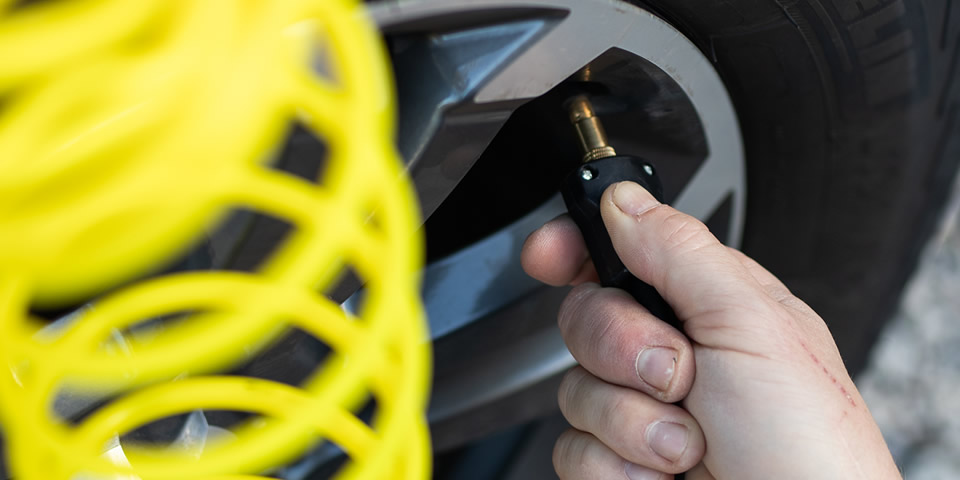
The Correct Tire Pressure for Hot Weather
When it comes to maintaining the correct tire pressure for hot weather, it’s crucial to know the recommended guidelines. The ideal tire pressure can vary depending on several factors, including the make and model of your vehicle, as well as the load you’re carrying.
Generally, in hot weather, it’s recommended to inflate your tires to the vehicle manufacturer’s specified pressure as listed in the owner’s manual. However, keep in mind that some vehicles may have different recommended pressure levels for front and rear tires, so it’s essential to check both.
Additionally, it’s worth noting that extreme heat can cause tire pressure to increase more rapidly, leading to overinflation. As a general rule, it’s advisable to not exceed the maximum pressure indicated on the tire sidewall, as this can compromise tire performance and safety.
To ensure accuracy, it’s best to measure tire pressure when the tires are cold, as heat generated from driving can give false readings. If you’re unsure about the correct tire pressure for your particular vehicle and hot weather conditions, it’s always a good idea to consult a trusted mechanic or tire professional for guidance. They can provide you with specific recommendations based on your vehicle’s make and model, as well as the current weather conditions.
By following the recommended tire pressure guidelines for hot weather, you can help maintain optimal tire performance, prolong tire life, and ensure a safer driving experience.
Warning Signs of Tire Deflation
While tires generally don’t deflate in hot weather, it’s essential to be aware of the warning signs that indicate a potential problem. Here are some signs to watch out for:
- Loss of tire pressure: If you notice a sudden decrease in tire pressure, it could be a sign of tire deflation. Keep an eye on your tire pressure monitoring system (if equipped) or physically check the pressure to ensure it falls within the recommended range.
- Uneven tire wear: Tires that are deflating may exhibit uneven wear patterns. If you notice one or more tires wearing out more quickly than the others or if you notice excessive tread wear on certain areas, have your tires inspected.
- Poor handling or stability: Deflated tires can affect your vehicle’s handling and stability. If you experience difficulty steering, notice excessive swaying or drifting, or if your vehicle feels unstable, it may be due to tire deflation.
- Visible damage or punctures: Take a close look at your tires to check for any visible damage or punctures, such as cuts, bulges, or nails embedded in the tread. These issues can lead to deflation, particularly in hot weather.
If you notice any of these warning signs during hot weather, it’s important to take prompt action. Here’s what to do:
- Safely pull over: If you suspect tire deflation, find a safe location to pull over as soon as possible. Avoid abrupt maneuvers and drive at a reduced speed, as deflated tires can affect the vehicle’s stability.
- Inspect the tires: Once you’ve stopped, visually inspect your tires for any visible signs of deflation, damage, or punctures. If you spot any issues, avoid driving on the tire and seek professional assistance.
- Add air if necessary: If you have a tire inflator or a portable air compressor, you may be able to add air to the deflated tire temporarily. However, keep in mind that this is a temporary solution, and you should still have the tire inspected and repaired or replaced as soon as possible.
- Contact a tire professional: It’s recommended to contact a tire professional to assess the condition of the affected tire(s). They will be able to determine if the tire can be repaired or if it needs to be replaced. They can also inspect the other tires for any potential issues and ensure proper tire pressure.
Remember, proactive maintenance and regular inspections are key to preventing tire deflation and ensuring safe driving during hot weather. Keep an eye on your tire pressure, follow the recommended guidelines, and address any issues promptly to maintain optimal tire performance and longevity.

